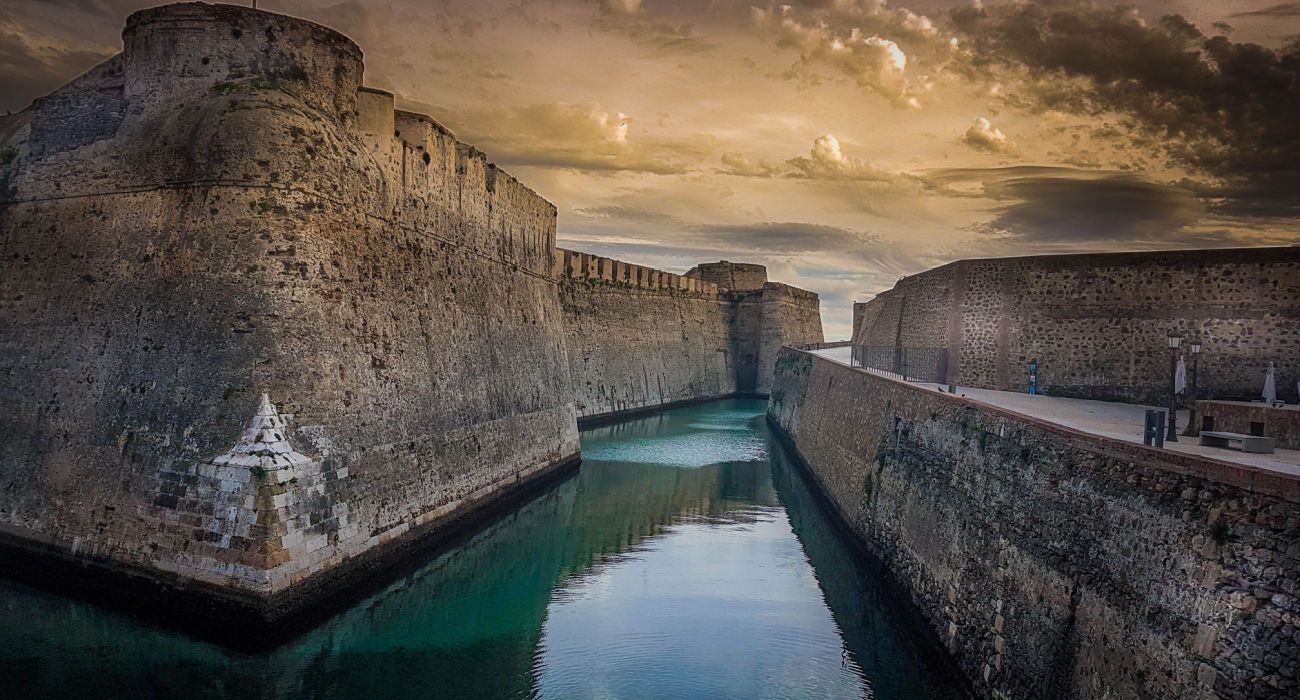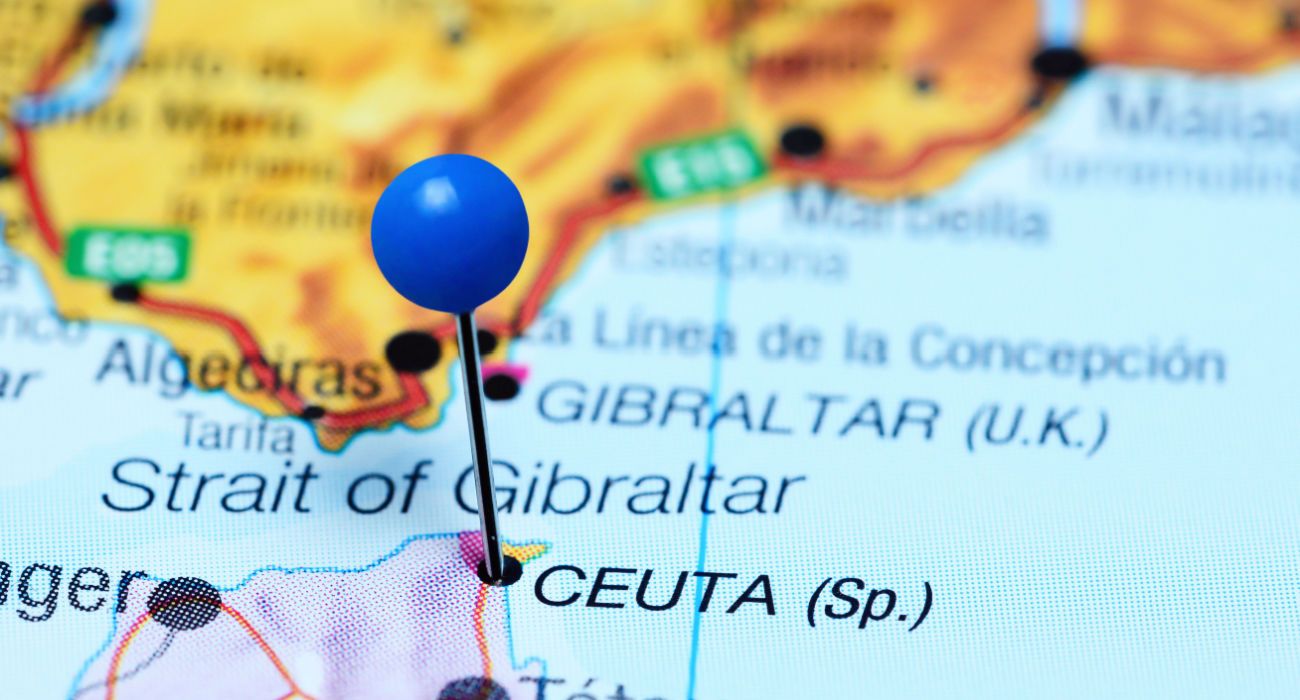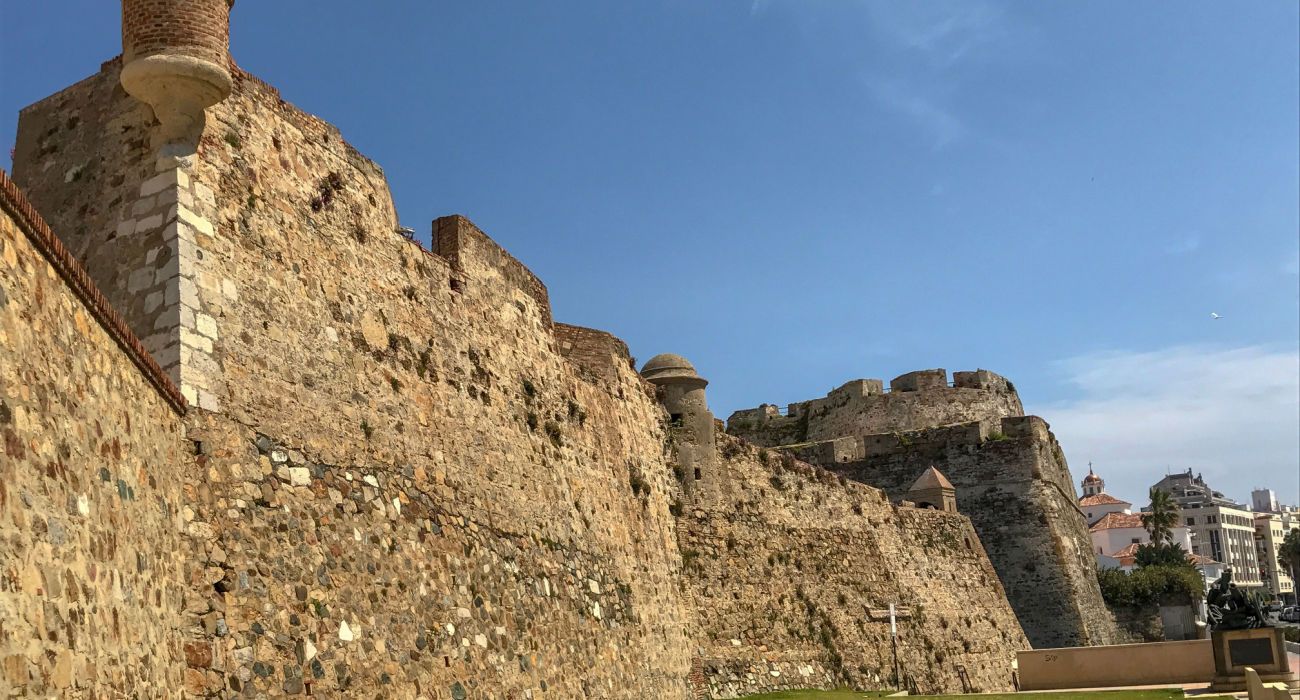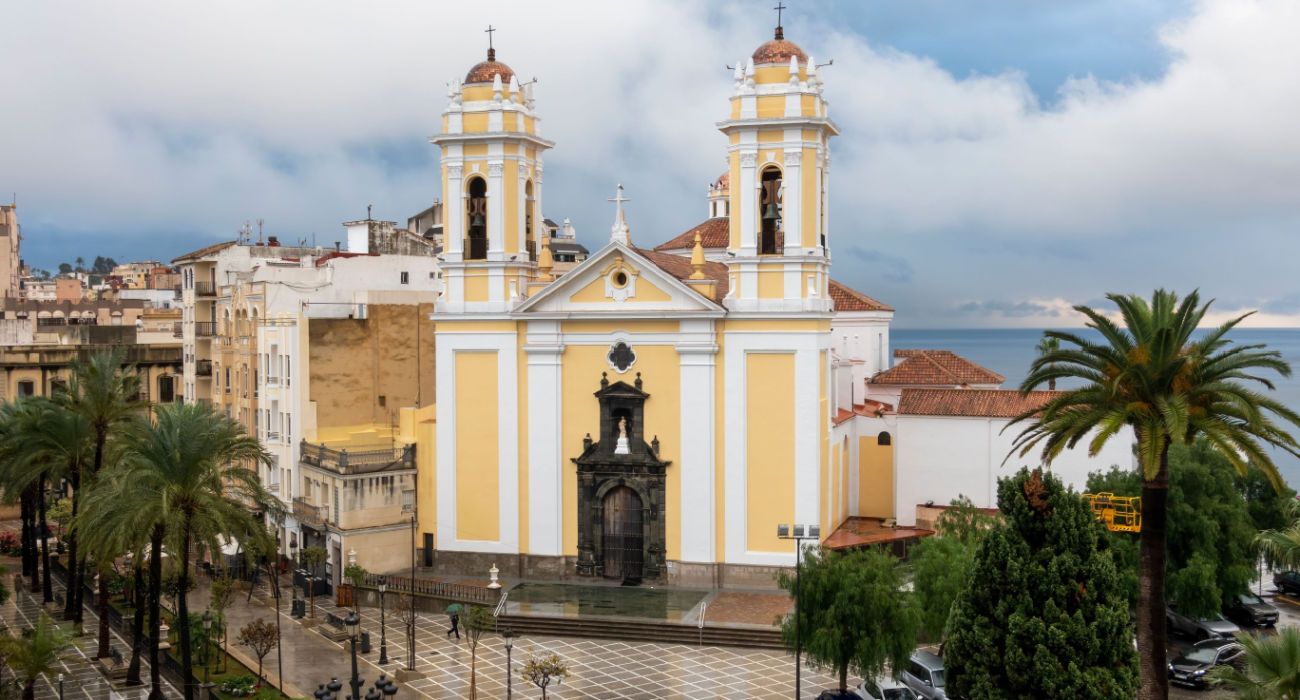Quick Links
The Spanish city of Ceuta in North Africa is one of the more bizarre examples of modern borders. It is an autonomous city on the north coast of Africa bordered (and claimed) by Morocco. In some respects, Ceuta is the Spanish counterpart to the British territory of Gibraltar, jutting out of the Spanish mainland.
Ceuta is one of the autonomous off-shore territories of Spain - the most famous and touristic are their dazzling Canary Islands. Teide National Park is one of the most eye-catching and out-of-this-world landscapes on earth. While traveling in Morocco, take the time to pop into the piece of Spain in Africa surrounded by Morocco.
Ceuta: The Spanish Exclave City On The North African Coast
Ceuta is not alone; there is also another Spanish city in North Africa - Melilla. These two cities have a nearly identical population of around 85,000 residents each. It is located on a peninsula that juts out of Morocco into the Mediterranean and has a number of things to see and do for anyone bothering to visit. Ceuta has some fantastic architecture, museums, a relaxing maritime park, and even some nature walks. At night the vibe is a skyline of artfully lit buildings and characteristic palm trees of Morocco.
- Population: 85,100
It is an oasis of Spanish culture, Spanish tapas, duty-free shopping, European tourism, and even shady cross-border commerce along the Moroccan coast. Together with its sister city of Melilla, Ceuta forms the only European Union land border with Africa. For centuries these cities formed military and trade links between North Africa and Europe.
What To Know About Visiting Ceuta Today
People can enter Ceuta from a land crossing with Morocco (it is an easy day trip from the stunning Moroccan city of Tangier). Going overland, visitors need to pass through 400 meters of no-man's-land filled with barricades (to counter illegal immigration). The land borders between Morocco and Spain have been reopened since May 2022 (they were closed during the pandemic). To cross the border, one will need a Schengen Visa (the Schengen Area is visa-free for Americans and Canadians).
Ceuta is around an hour and a half drive from the major tourist Moroccan city of Tangiers.
The other way is by one of the regular ferries from the Spanish mainland (they take around an hour). There are no flights as the area is too small to accommodate an airport.
Arguably the most adventurous way to visit Morocco is by taking the ferry from Spain. But those ferries also run daily and hassle-free to Ceuta and only takes around 1 hour. Book with FRS Ferries for fares connecting mainland Spain with Ceuta, Melilla, and Morocco.
The Strategic & Military History Of Ceuta
Ceuta (like Gibraltar) is important strategically as it sits on the access between the Atlantic Ocean, the Mediterranean Sea, and the Strait of Gibraltar. This has been realized as far back as the ancient Phoenicians in the early 1st millennium BC.
After the fall of Carthage, the area was controlled by Berber kingdoms before becoming part of the Roman Empire. It also served as a naval base during the Carthaginian and Roman times. Later on, the Muslim rulers of the region built impressive castles and fortifications there. In 1415 the city fell to the Portuguese, and it was given to the Spanish in 1668.
Moroccan forces attempted to take the city during the Siege of Ceuta from 1694 to 1727 (the longest siege in history), but the city remained in the hands of the Spanish. Apart from a short period of British administration during the Napoleonic Wars (when Spain was overrun by Napoleon), it has remained Spanish.
See The Impressive Royal Walls That Withstood The Longest Siege In History
Today some of the main attractions in Ceuta are the impressive Medieval fortifications of the city. There has been some form of defensive fortifications there since at least the 5th century. Even today, it remains highly militarized. The Royal Walls of Ceuta are a line of fortifications in Ceuta. The oldest parts of the walls date from 962, and the newest parts date from the 17th century.
- Built: From 962 to the 17th Century
- Decommissioned: 19th Century
When the Portuguese took over the city, they set to work expanding the defenses. The Royal Walls include a navigable moat, a drawbridge, and bastions. They were able to withstand repeated and very prolonged Moorish sieges before becoming obsolete and decommissioned in the 19th century. Today these walls remain mostly intact.
In addition, visitors should see the impressive medieval Marinid Walls of Ceuta, built in the 13th century during the Muslim rule of the city. Only around 500 meters of the original 1,500 meters of walls survive today, together with some bastions and towers.





